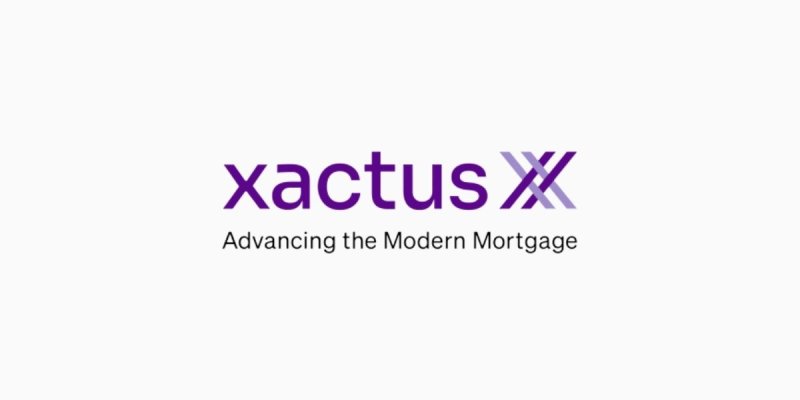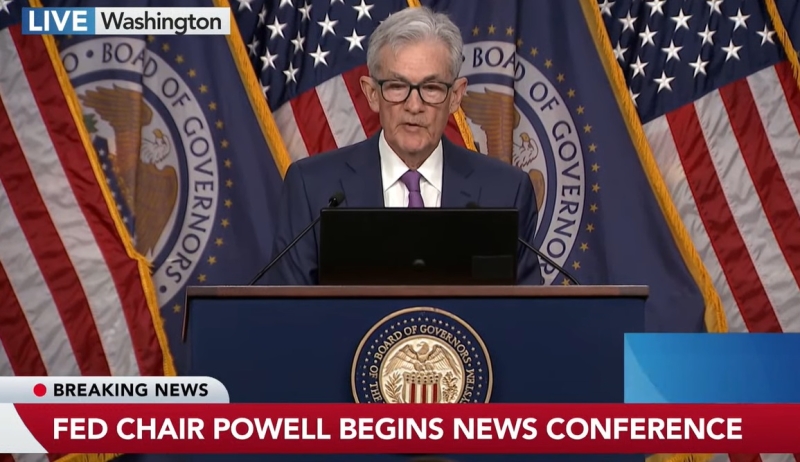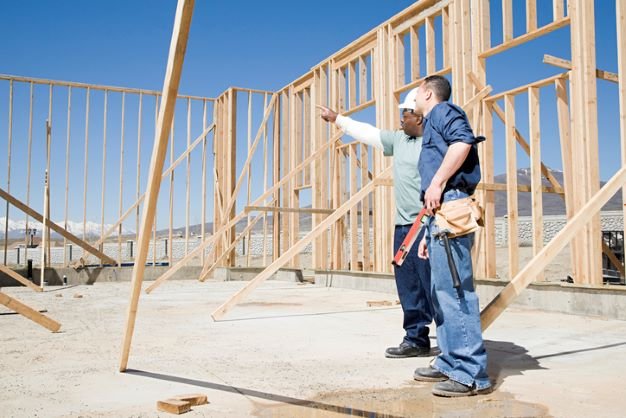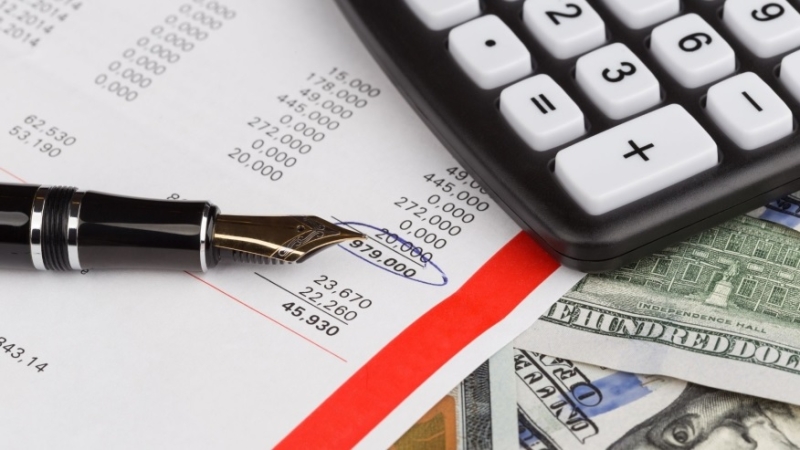
Tappable Equity Surges In Q3 To All-Time High Of $9.4T
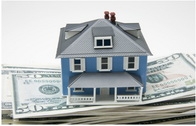
Cash-out refinance borrowers pull largest quarterly volume of equity in 14 years
- Skyrocketing home values over the past 18 months have increased the average mortgage holder's equity stake by $53,000, for an average of just under $178,000 in available equity per homeowner.
- Rising equity stakes have pushed the average homeowner's combined mortgage debt down to just 45.2% of their home's value, the lowest average combined loan-to-value (CLTV) ratio on record.
- With home prices still climbing alongside rising interest rates, the monthly principal and interest payment required to purchase the average-priced home has increased by 24% since the start of the year.
- It now takes 22.4% of the median household income to make the average monthly mortgage payment, up from 18.1% at the beginning of 2021 and the most since late 2018 when 30-year rates were near 5%.
Tappable equity — the amount available for homeowners to access while retaining at least 20% equity in their homes — has risen 32% over the past year, an increase of $2.3 trillion since the third quarter of 2020, according to a report from Black Knight.
According to Black Knight Data & Analytics President Ben Graboske, his company’s latest Mortgage Monitor report shows that a nearly-quarter-trillion dollar increase in tappable equity over the third quarter has resulted in not only yet another record high, but also the lowest total market leverage on record.
"Home price growth in the third quarter — while less than half that of Q2's history-making rate — added more than $250 billion to Americans' already record levels of tappable equity," Graboske said. "The aggregate total of $9.4 trillion is up an astonishing 32% from the same time last year and nearly 90% higher than the pre-Great Recession peak in 2006.”
As prices have surged over the past 18 months, Graboske said, the average mortgage-holder's equity stake has risen by $53,000. “That works out to nearly $178,000 available in tappable equity to the average homeowner with a mortgage before hitting a maximum combined loan-to-value ratio of 80%,” he said. “What's more, in the third quarter, homeowners tapped into their equity at the highest rate in more than 14 years as cash-outs made up 54% of all refinances.”
He noted that data points like these “inevitably, and understandably,” lead to comparisons with the run-up to the Great Recession.
“It's therefore particularly important to note that the $70 billion extracted from the market via cash-out refis in Q3 2021 represents just 0.8% of the available tappable equity at the start of the quarter,” he said. “For context, that's less than a third of the rate at which people were pulling cash out of their homes at the peak of such activity in 2005.”:
Underwriting standards are much higher today as well, he added, with the average credit scores of cash-out refinance borrowers more than 50 points higher than during the runup to the Great Recession, and the resulting LTVs are much lower.
“In fact,” Graboske said, “the average borrower's mortgage debt is just 45.2% of their home's value — the lowest total market leverage we've ever recorded, going back at least to the turn of the century. In short, it's a markedly different time and market today."
This month's Mortgage Monitor also examines the impact of rising prices and interest rates on home affordability, finding that the monthly mortgage payment (principal and interest) to purchase the average-priced home with 20% down has jumped by nearly 25% since the start of the year.
Factoring in incomes as well as prices across the country, it now requires 22.4% of the median income to purchase the average-priced home with 20% down and a 30-year mortgage, the report found. That’s the largest share of income required for a home purchase since late 2018, when interest rates were near 5%, but still far below the 34%-plus payment-to-income ratio reached in 2006.
A ratio higher than 20.5% in recent years has correlated with a slowdown in the rate of home price growth, but today's inventory shortages continue to put upward pressure on prices, Black Knight said.
The slight improvements seen in for-sale listings this summer have begun to plateau, leaving the market with a 54% deficit in for-sale properties compared to 2017-19 averages. Even if home prices held steady, a rise in 30-year rates to 3.5% would result in the tightest affordability since 2009, the report states. At 4%, payment-to-income ratios would rise above the 1995-2003 market average, and at 5% would drive affordability to its worst level on record outside of the 2004-08 bubble.

